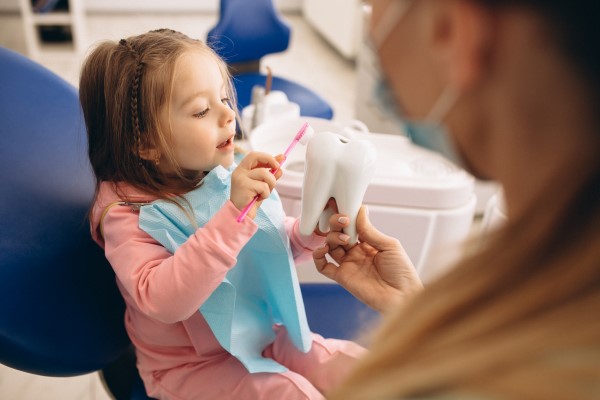Emergency Dentistry: How to Handle an Emergency While Under Lockdown for CoronaVirus (COVID-19) Disease

Routine dental care may be on hold, but you might wonder about emergency dentistry. If you have a dental emergency, you can still get the care you need. This is even more the case if you have a life-threatening issue, such as an infection. Read on to learn more about what to do if you have an emergency.
COVID-19 and dentistry
COVID-19 spreads through droplets that are released into the air. When someone sneezes or coughs, these drops are released. When another person breathes them in, that person can become sick. The dentist can easily come in contact with the fluids in the mouth, such as saliva. Many dental offices are not set up to protect against this.
However, many offices are still providing emergency dentistry services. For example, a dentist can care for an infected tooth. This can save the patient a trip to a hospital, where health care workers may already be overworked. By avoiding a trip to the hospital, the patient will help the facility conserve personal protective equipment.
What requires emergency dentistry?
Patients who have serious problems can still get care. The American Dental Association considers life-threatening issues to be ones that need immediate attention. The dentist will determine what needs to be treated. Patients can usually get treatment for issues such as:
- Severe pain
- Broken teeth that cause tissue damage or pain
- Dental work to treat oral cancer
- Temporary crown that has broken
- Bleeding that will not stop
- Tissue that requires a biopsy
- Swollen areas around the neck or signs of infection
- Severely painful braces
- Trauma that affects someone’s ability to breathe
If a patient is experiencing one of these issues, they should first call the dentist. The dentist can answer questions about what procedures can be done. If the dentist cannot see the patient, the next option is the hospital or urgent care center. This should only be done if emergency dental care cannot be done.
Protecting against COVID-19
It is better to stay home if possible. But for patients who must leave for emergency dentistry, there are some steps that can be taken. Each health care worker at the office should sterilize tools and wash their hands often. Some offices may disinfect the surfaces more often or use a barrier to cover the patient’s mouth.
Patients who may have been exposed to the coronavirus should tell the dentist. The most common symptoms include shortness of breath, fever and cough. The dentist can then take the right steps to prevent the virus from spreading before the patient visits. That way, the patient can still get the right dental care while protecting the dental team.
Choose emergency dentistry today
You cannot plan a dental emergency and you may have one during the COVID-19 outbreak. The good news is that for serious issues, you can still get treatment. Contacting your dentist is the first step you can take. Only then should you consider going to the hospital.
Request an appointment here: https://www.drericjohnson.com or call Dr. Eric Johnson at (949) 205-1139 for an appointment in our San Clemente office.
Check out what others are saying about our services on Yelp: Read our Yelp reviews.
Recent Posts
It is easy to assume all gum disease is the result of poor oral hygiene. In many cases, it is. However, red or swollen gums can also be an indication of other health concerns completely unrelated to oral care. Because these conditions can be serious, it is important to pay attention to any changes or…
The American Academy of Pediatric Dentistry recommends taking your child to a dentist for kids before their first birthday. These early dental appointments play a crucial role in ensuring that your child’s teeth develop properly and stay healthy. They also help normalize the concepts of going to the dentist and of oral hygiene. Children who…
You have probably heard about dental implants and how this tooth-replacement option can restore your smile. Dentures are another treatment that patients with multiple missing teeth can benefit from. Your dentist can also combine the two by providing implant-supported dentures. There are reasons that this method offers advantages over traditional dentures.Both types of dentures come…
Looking into the different teeth whitening options and wondering if you should choose the professional route? Even though it is easier than ever to whiten one’s teeth with over-the-counter options, generic whitening options tend not to be a good idea for many people. Ready to find out more about the professional teeth whitening route?Learning the…


